Wheel offset and backspacing explained
What is Wheel Offset?
Wheel offset refers to the distance between the wheel’s mounting surface (where it attaches to the vehicle hub) and the wheel’s centerline. This measurement, expressed in millimeters, determines how far the wheel sits in relation to the vehicle's fenders and other components.
Understanding wheel offset helps you choose wheels that are not only compatible with your vehicle but also enhance its appearance and performance.

Why Wheel Offset Matters
Choosing the correct offset ensures that your wheels and tires have adequate clearance, preventing them from rubbing against critical parts like the suspension, brake calipers, or body panels (such as fenders, bumpers, or mud flaps). Proper offset is essential for safe driving, as it affects both handling and tire wear.
How to Identify Wheel Offset
Offset is often stamped or engraved on the wheel itself and is represented as a measurement in millimeters with the abbreviation “ET.” The term “ET” stands for Einpresstiefe, a German word meaning “insertion depth.”

Positive Offset
Positive offset occurs when the mounting surface of the wheel (where it attaches to the hub) is positioned closer to the outer edge of the wheel, or the “street side.” This causes the wheel to sit further inside the wheel well, bringing it closer to the vehicle’s suspension and brakes.
Most modern vehicles, especially front-wheel-drive and some all-wheel-drive cars, are designed with positive offset wheels to ensure the wheels sit flush with the fenders and provide a cleaner look.
If your vehicle was originally designed with positive offset wheels, it’s usually best to stick with a similar offset to avoid handling issues, tire clearance problems, or suspension strain. Positive offset is typically ideal for:
- Front-wheel-drive vehicles
- Compact cars and sedans
- Most OEM (Original Equipment Manufacturer) wheel replacements
In summary, positive offset is a common choice for modern vehicles, helping maintain a safe, clean look and balanced performance.

Zero Offset (ET0)
Zero offset is a type of wheel offset that places the wheel’s mounting surface exactly in line with its centerline. This means that the mounting hub (where the wheel attaches to the vehicle) is positioned right in the middle of the wheel’s width.

Negative Offset
Negative offset is a type of wheel offset that positions the wheel’s mounting surface closer to the back edge of the wheel (the side facing the vehicle). This results in the wheel sitting further out from the vehicle, creating a wider stance. Negative offset is commonly used in off-road vehicles, lifted trucks, and some high-performance cars to provide a more aggressive look and wider track.

What is Backspacing?
Backspacing is a measurement related to wheel fitment, similar to offset, but it’s a little different in how it’s measured and what it indicates.
Backspacing is the distance from the back of the wheel’s mounting surface (the part that contacts the vehicle's hub) to the outer edge of the wheel on the back side. This measurement, usually expressed in inches, helps determine how far the wheel will sit within the wheel well. Backspacing is important to ensure that the wheel clears the suspension components, brakes, and other parts of the vehicle’s frame.
How is Backspacing Different from Offset?
While offset measures the distance between the wheel’s centerline and its mounting surface, backspacing is the distance from the mounting surface to the back edge of the wheel. Offset is measured in millimeters and can be positive, negative, or zero, while backspacing is usually measured in inches.
- High backspacing means the wheel sits closer to the inside of the wheel well, as the mounting surface is closer to the outer edge.
- Low backspacing means the wheel sits further out, which can give the vehicle a wider stance but may also cause the wheels to stick out beyond the fenders if too low.

How to Measure Backspacing
To measure backspacing on a wheel:
- Lay the wheel flat with the back side facing up.
- Place a straight edge across the back lip of the wheel.
- Measure the distance from the mounting surface to the straight edge.

By understanding backspacing along with offset, you can make better decisions about wheel fitment, improving both performance and aesthetics for your vehicle.





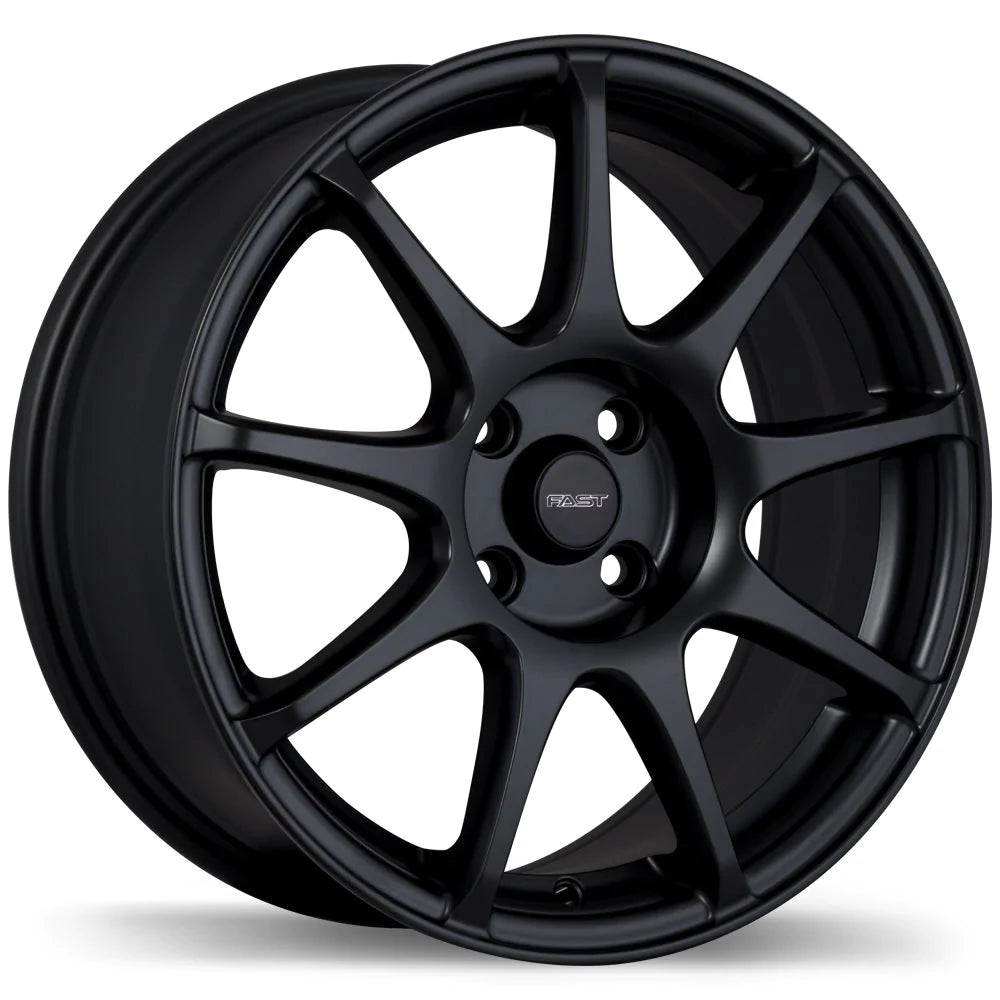
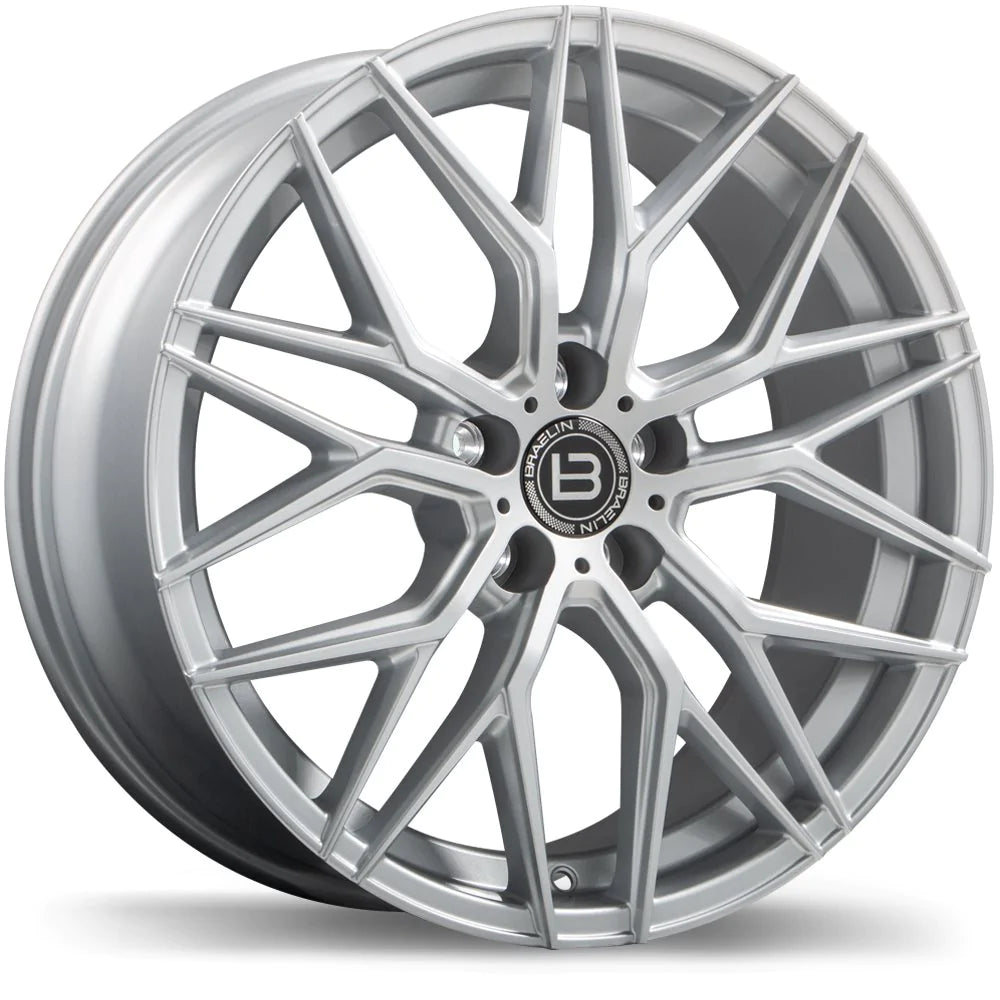
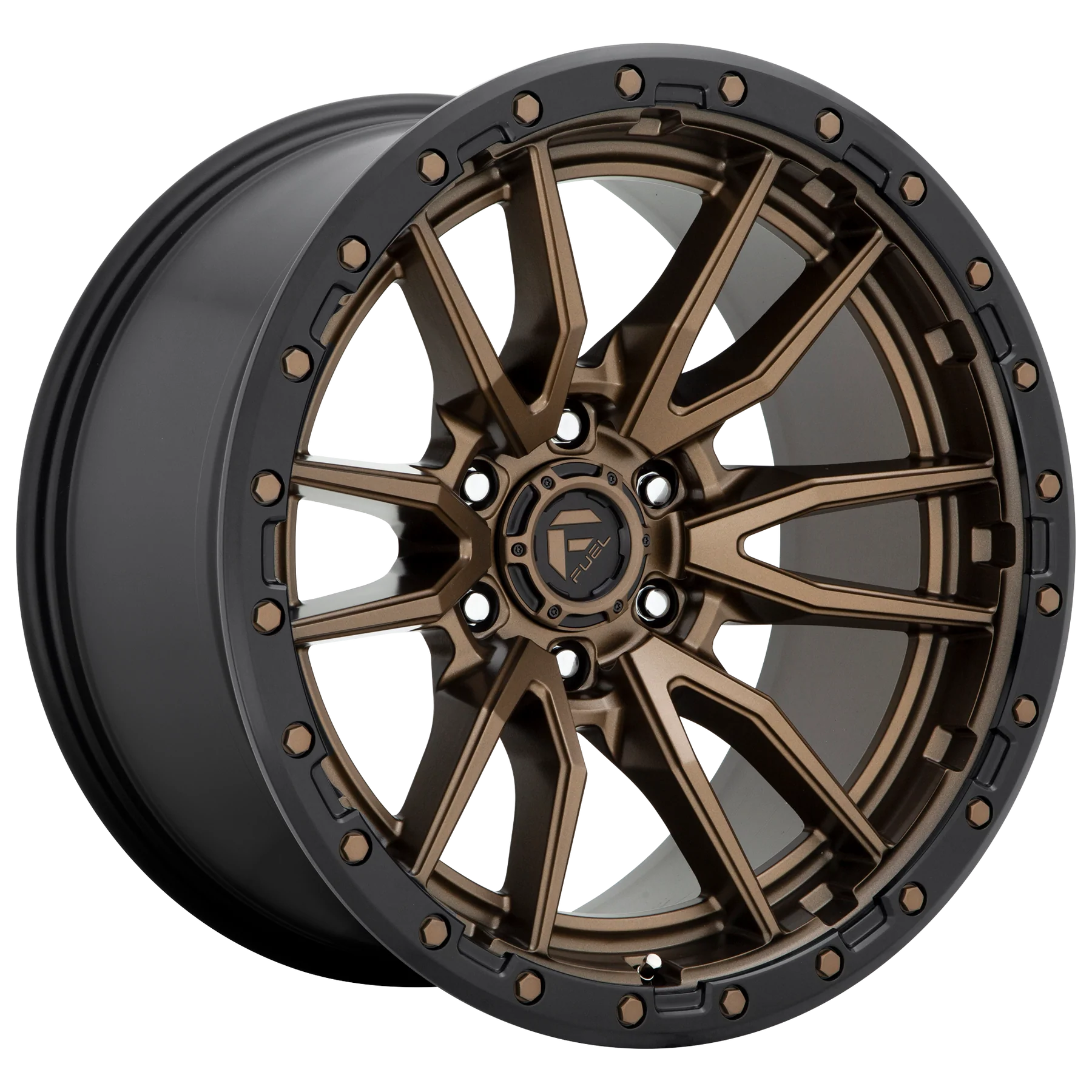
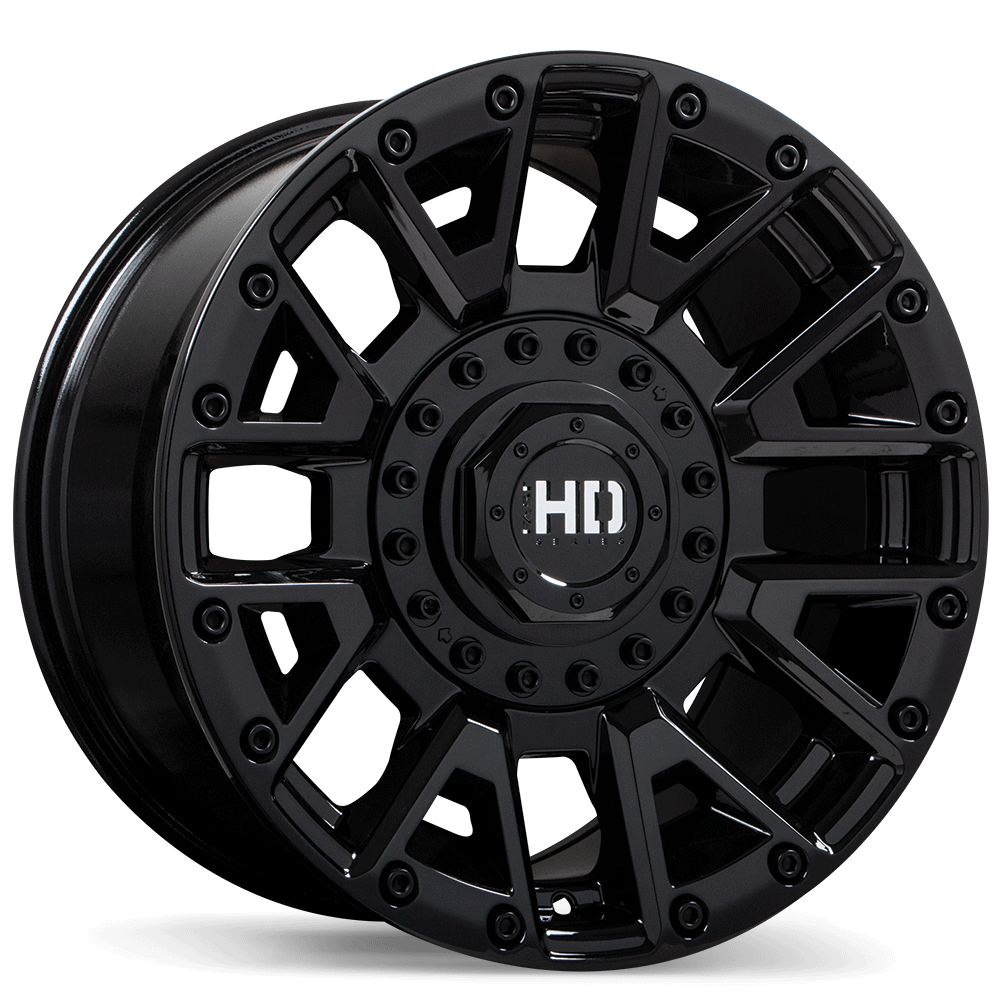
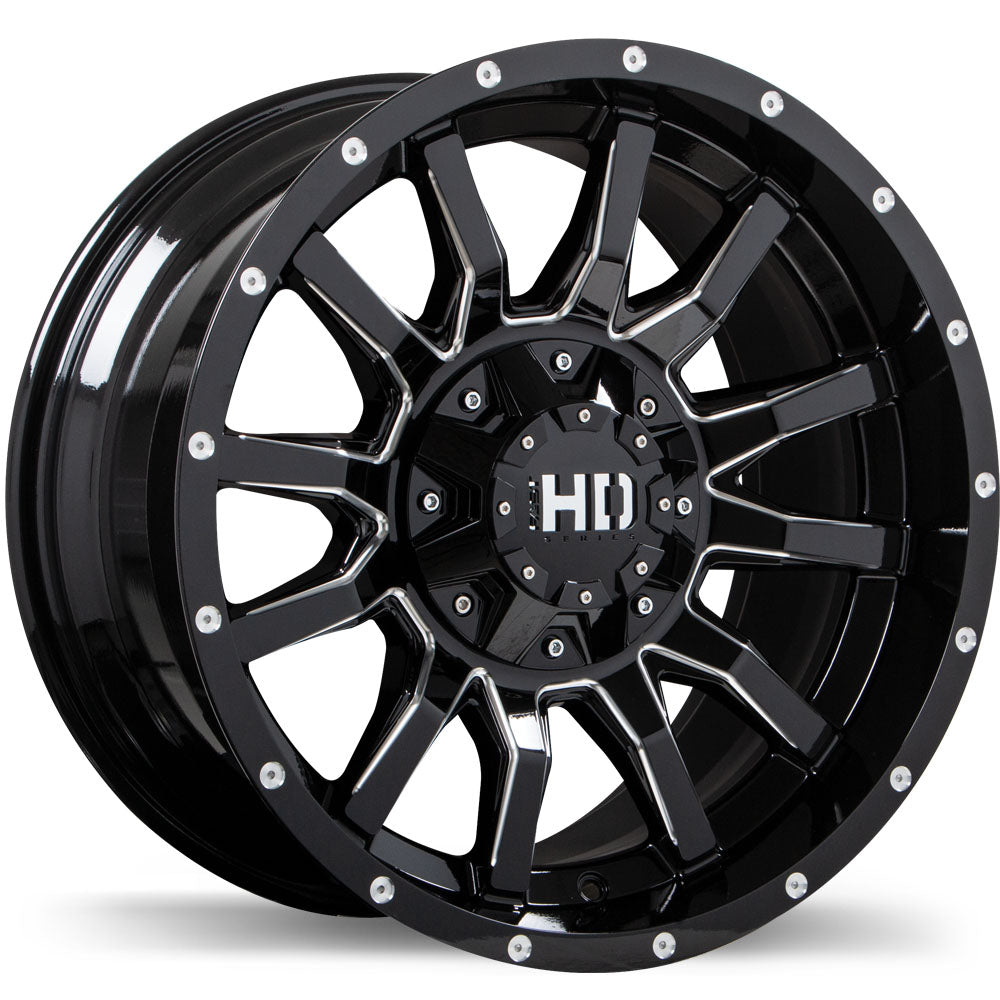

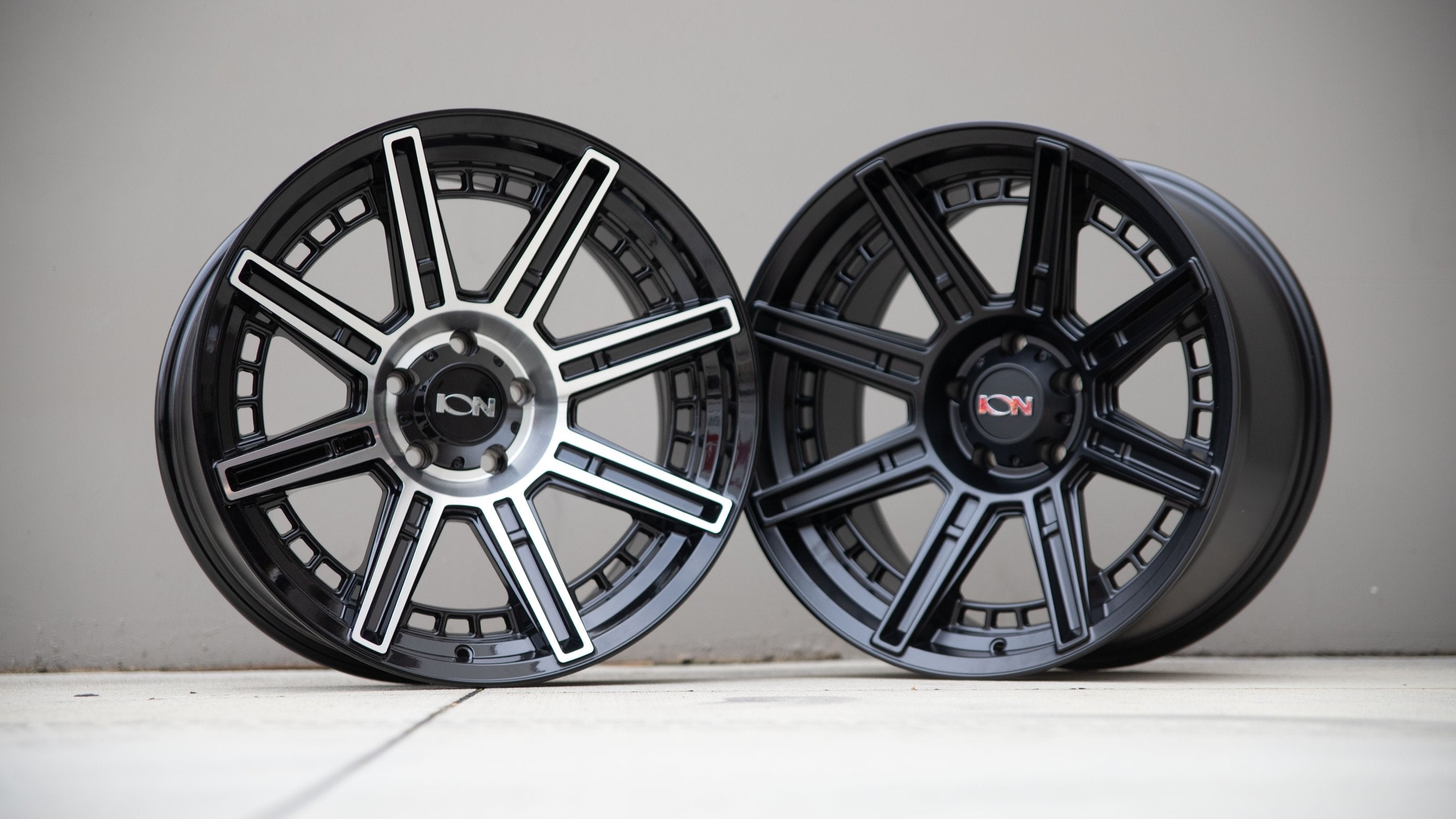
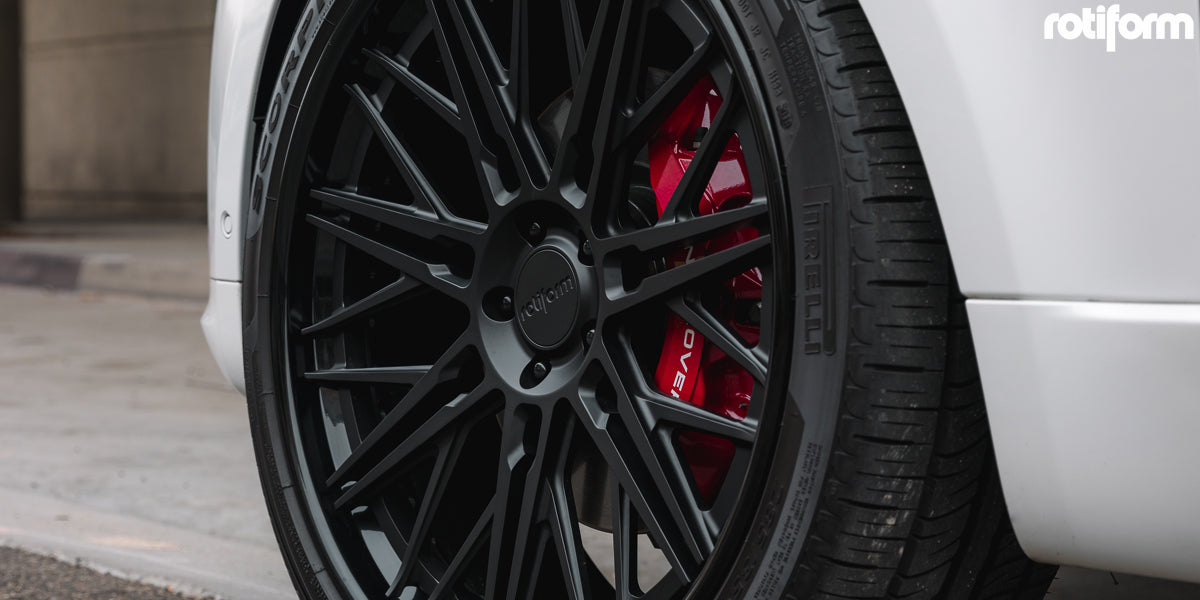
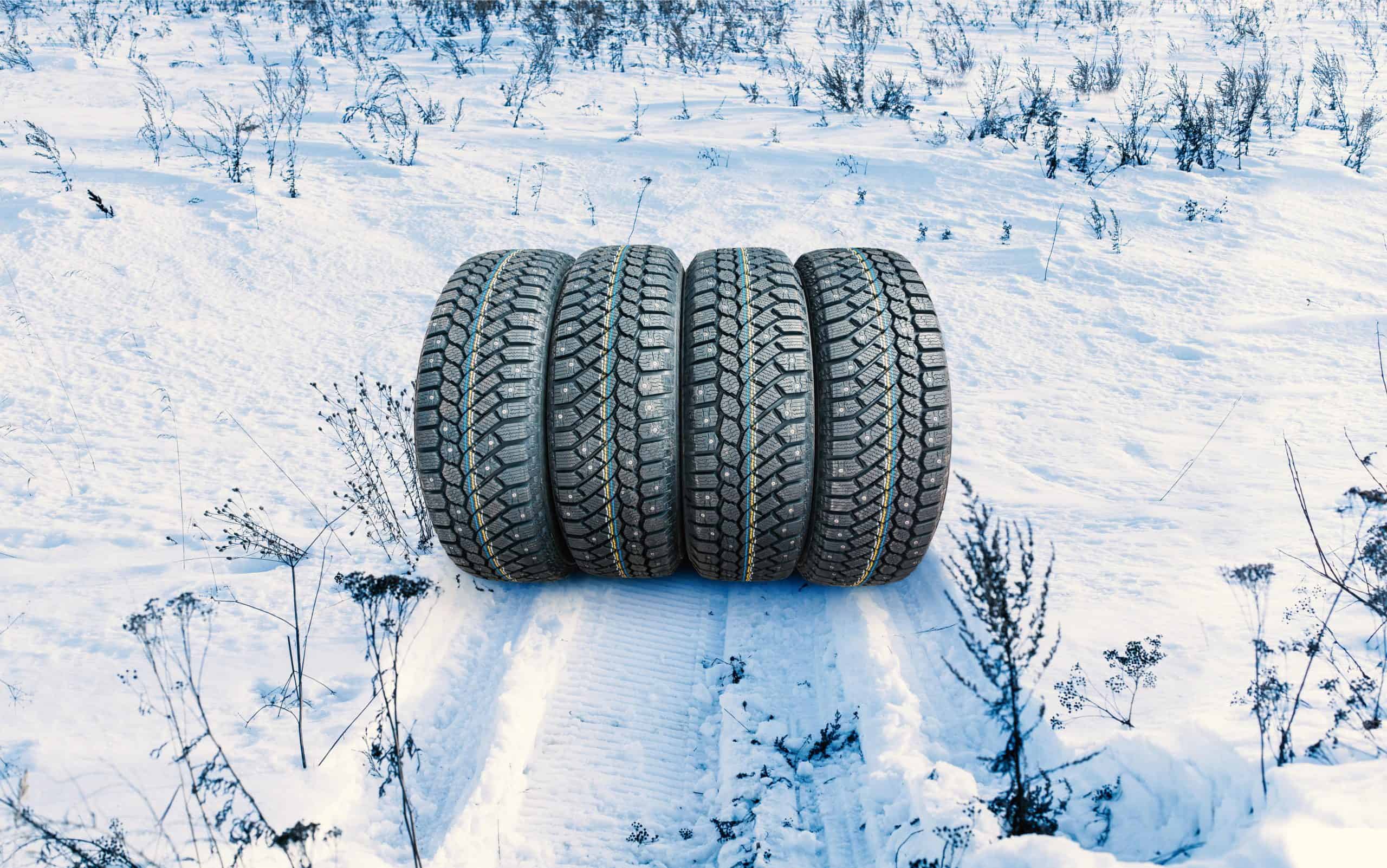
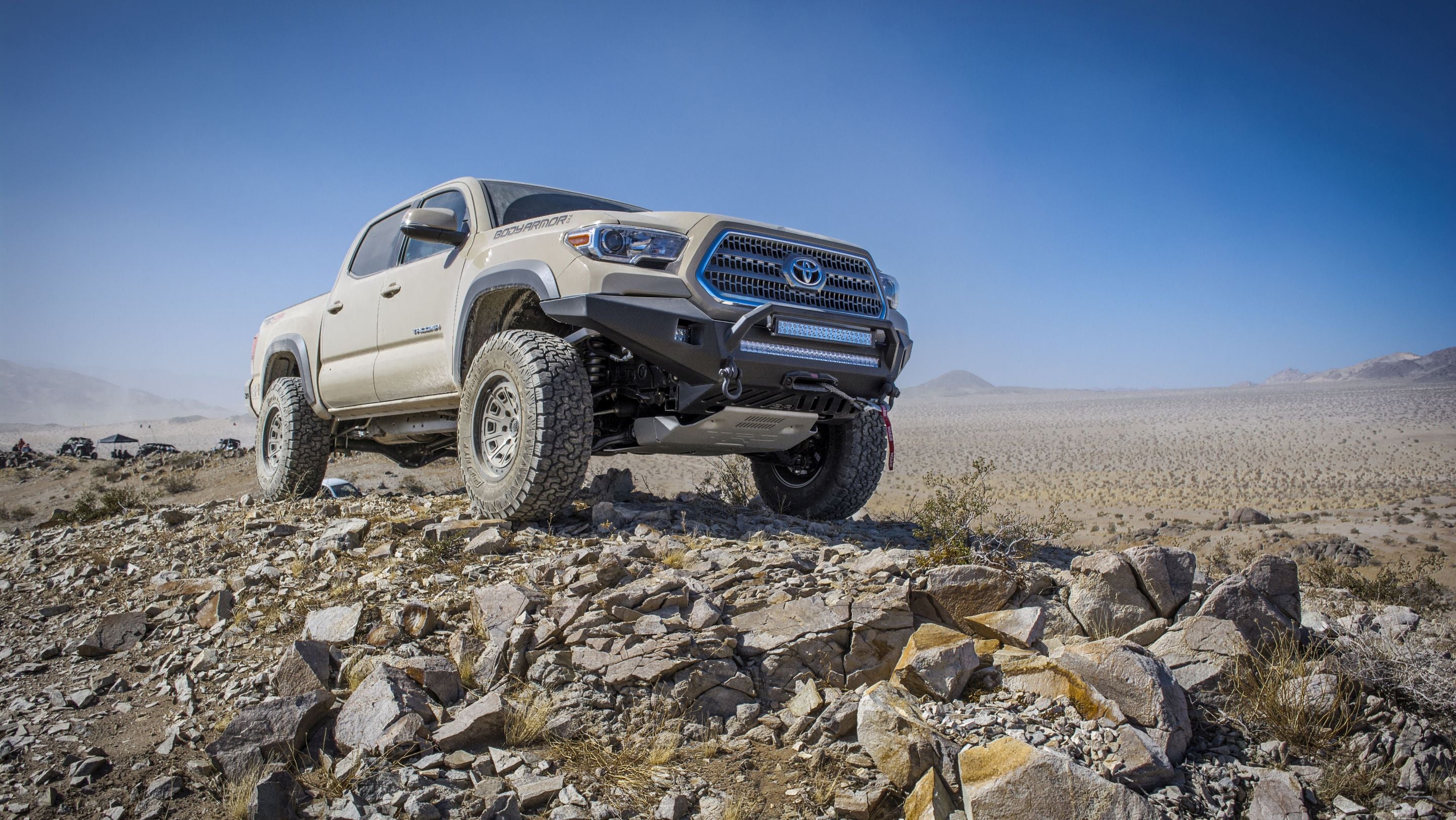
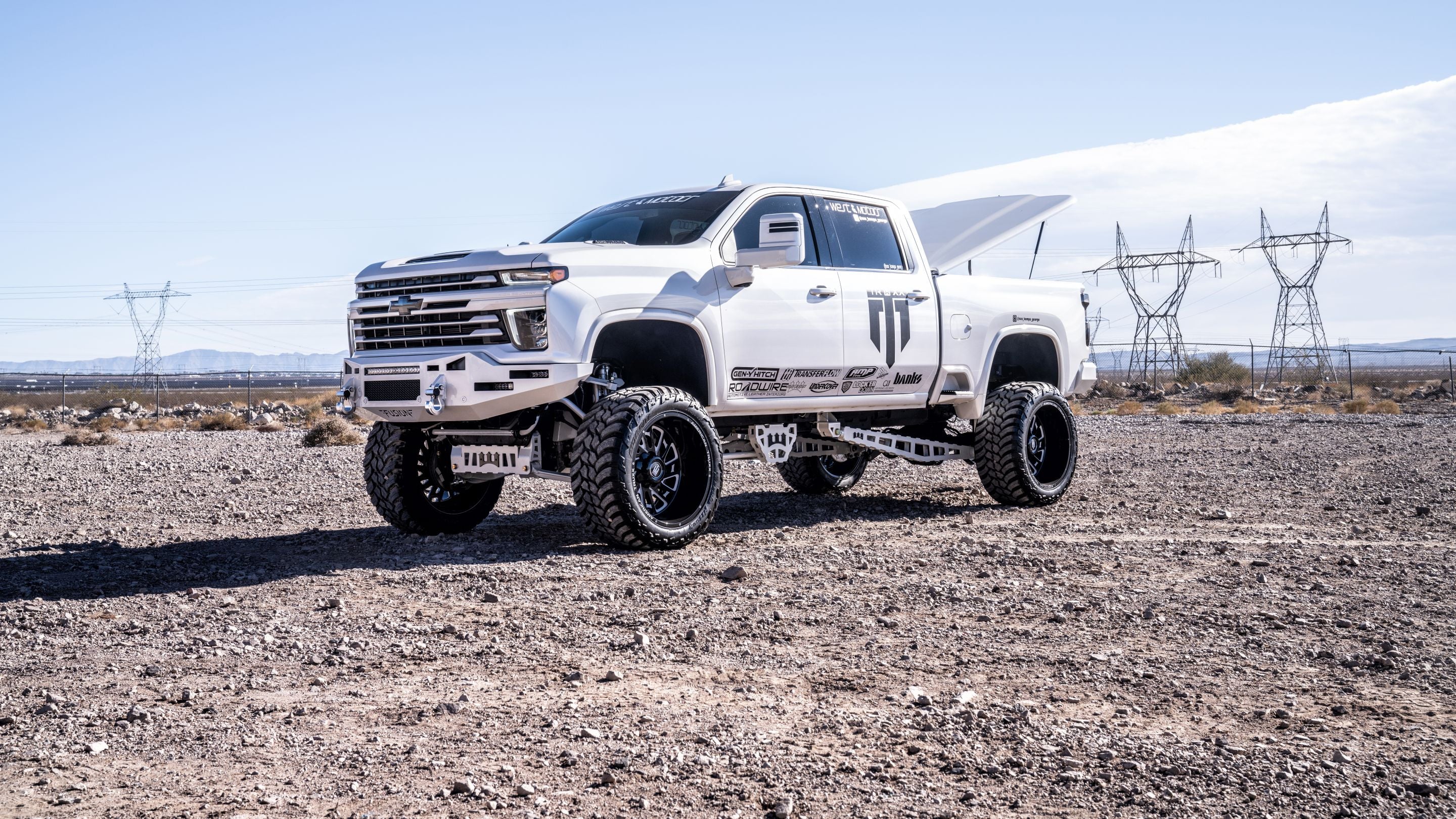
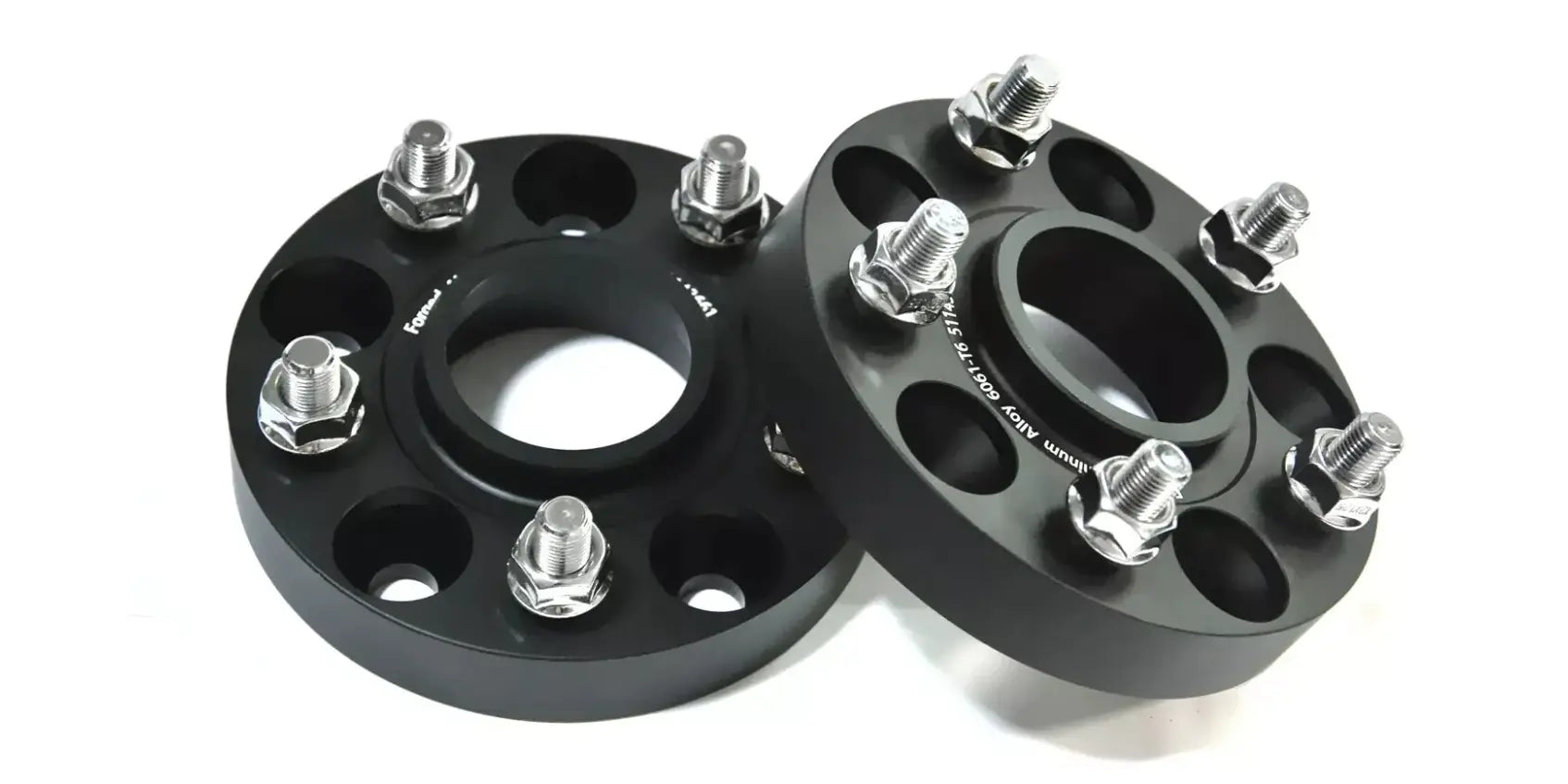
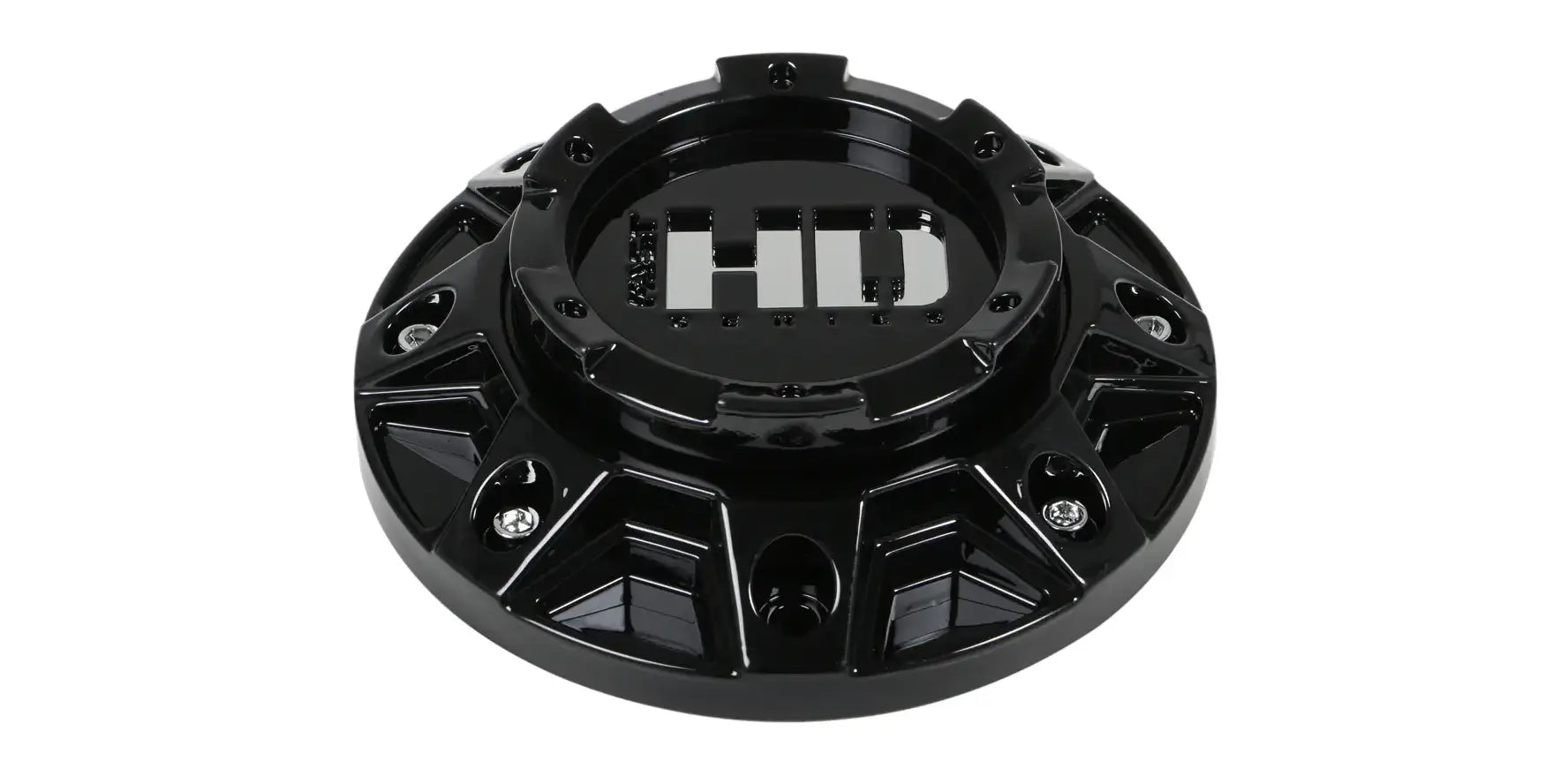
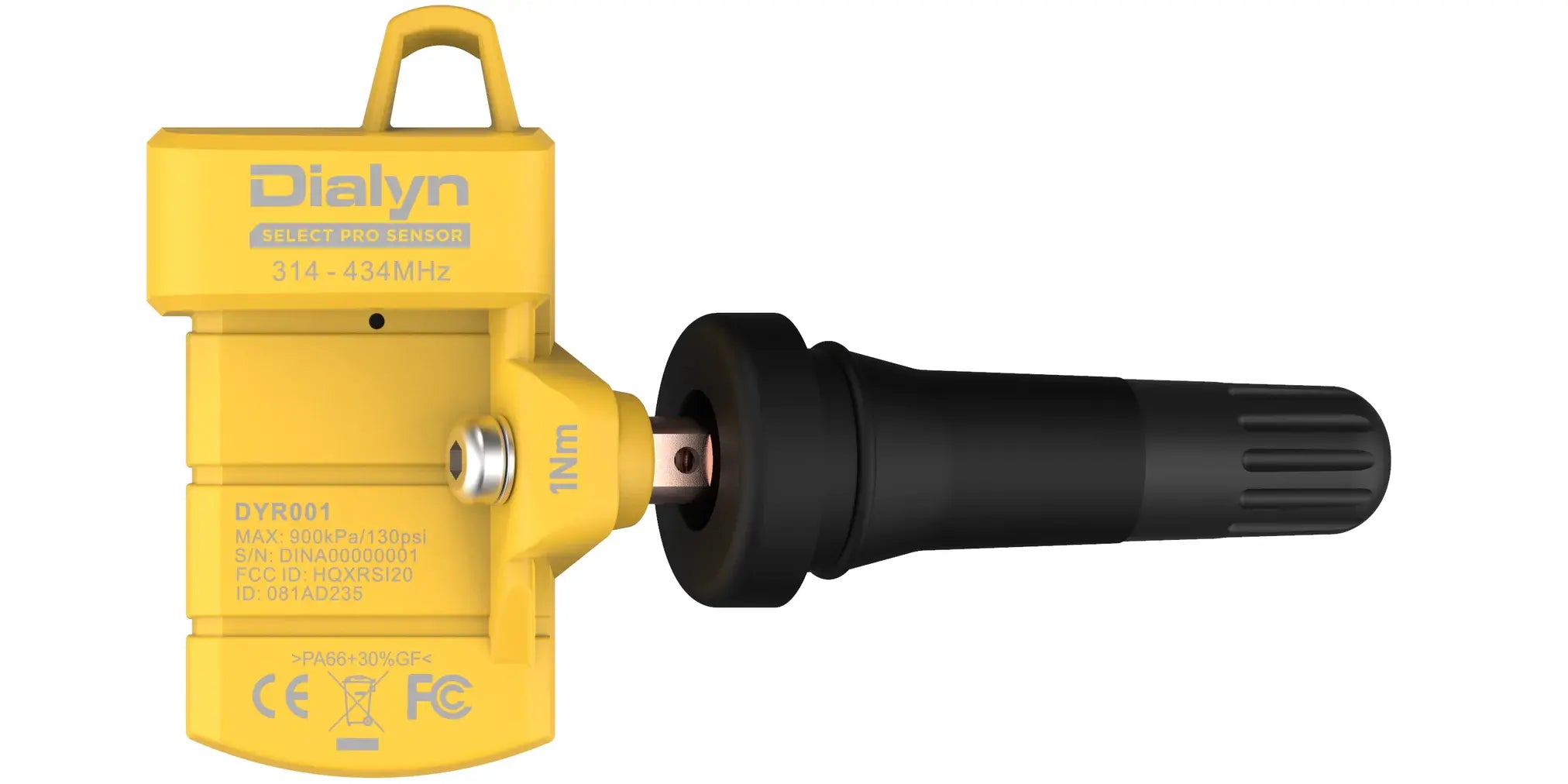

Leave a comment